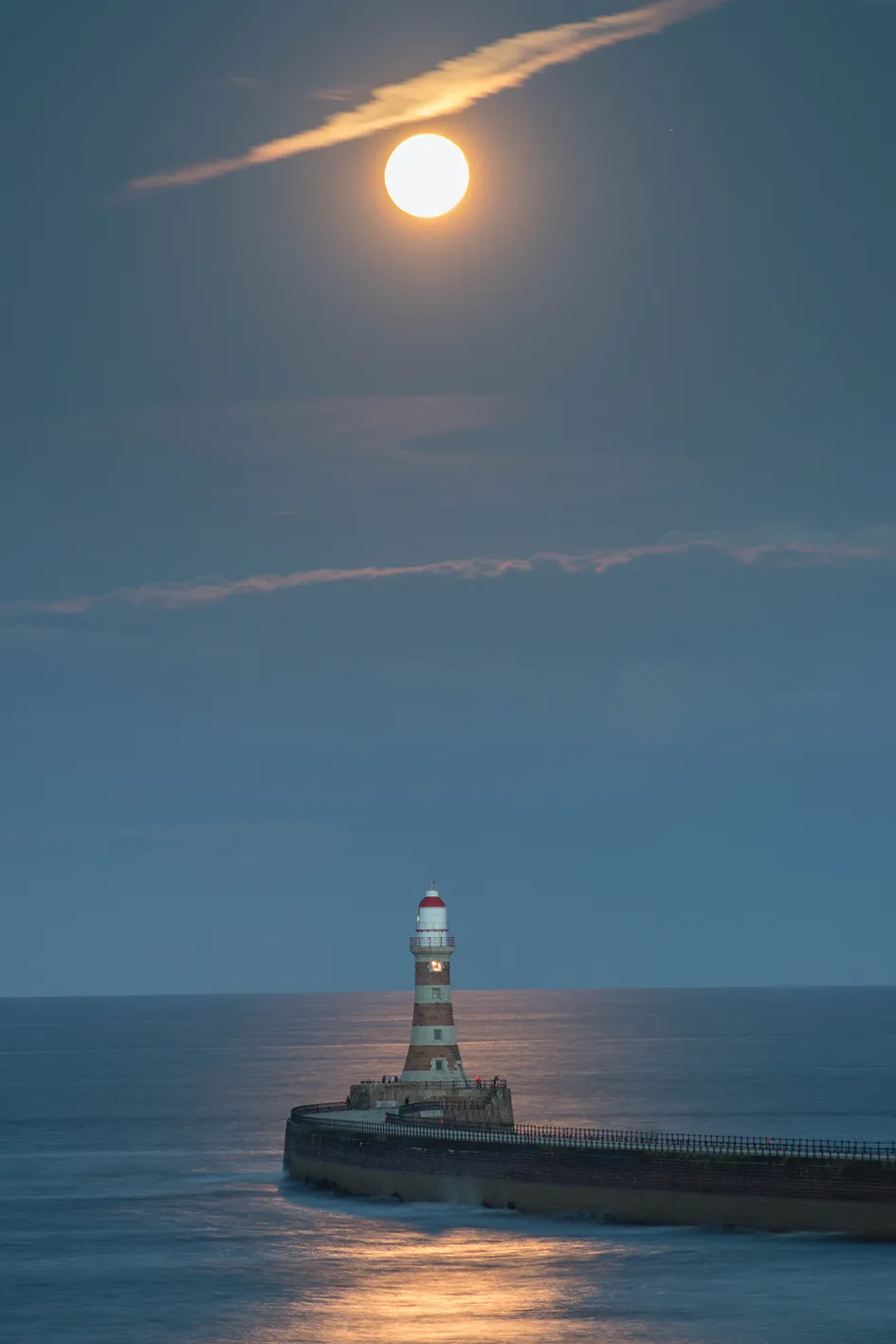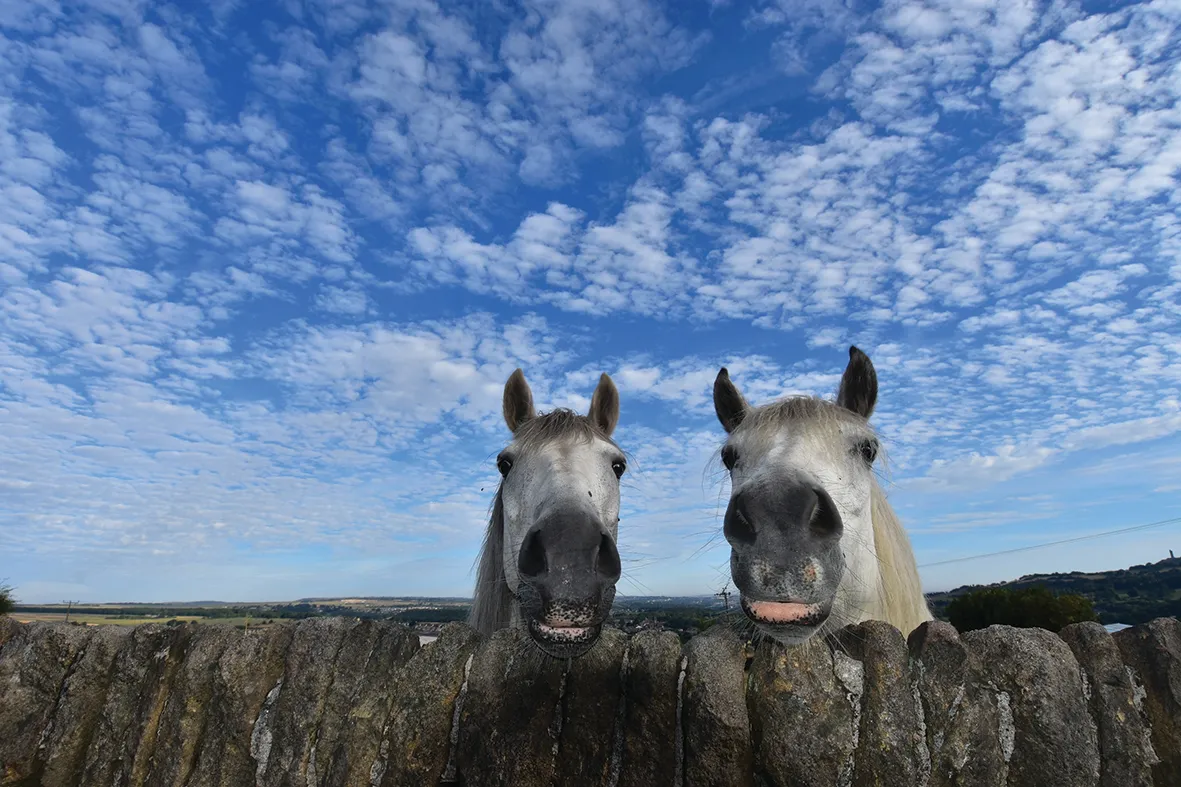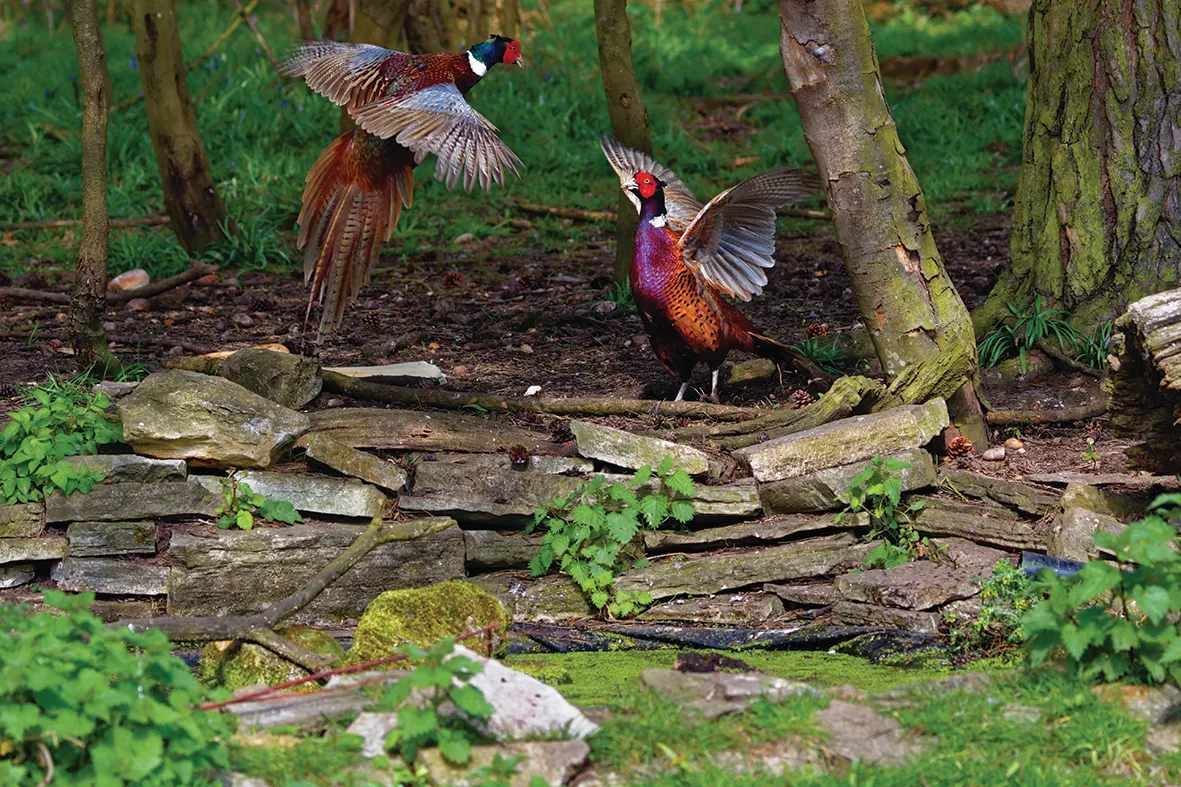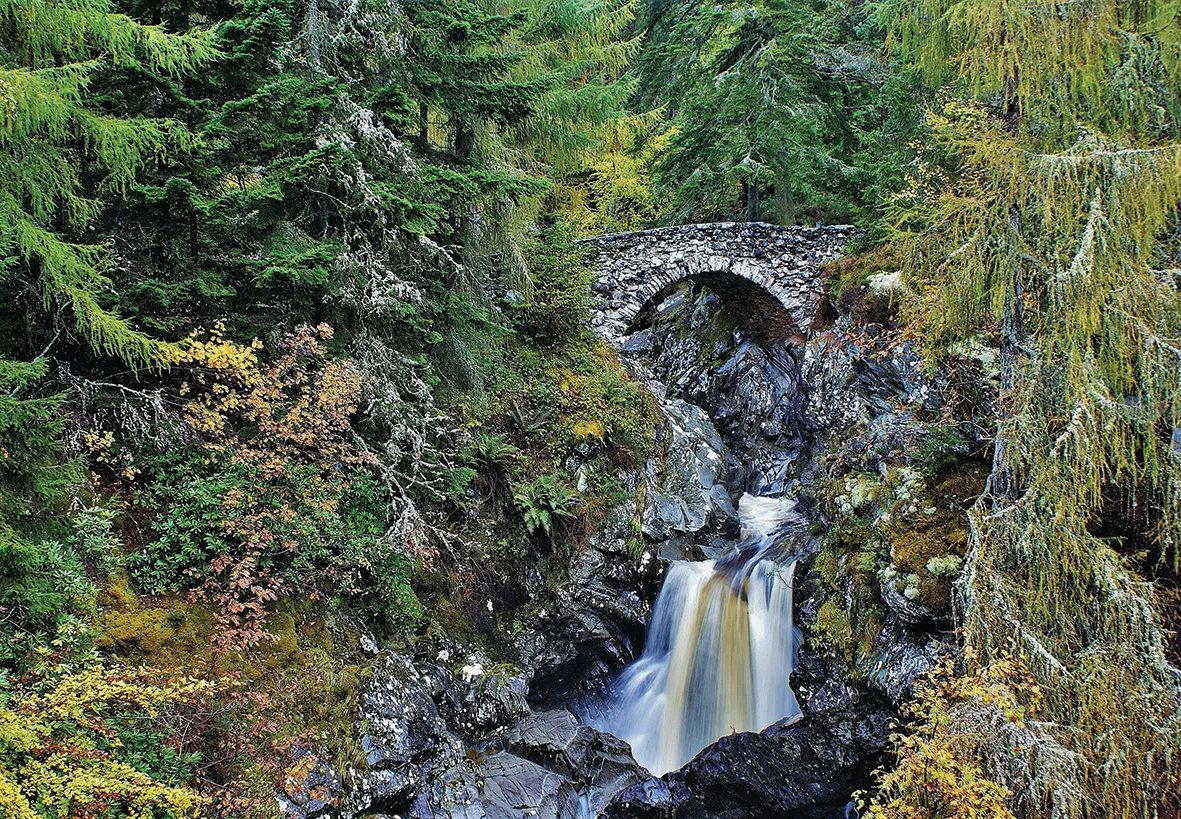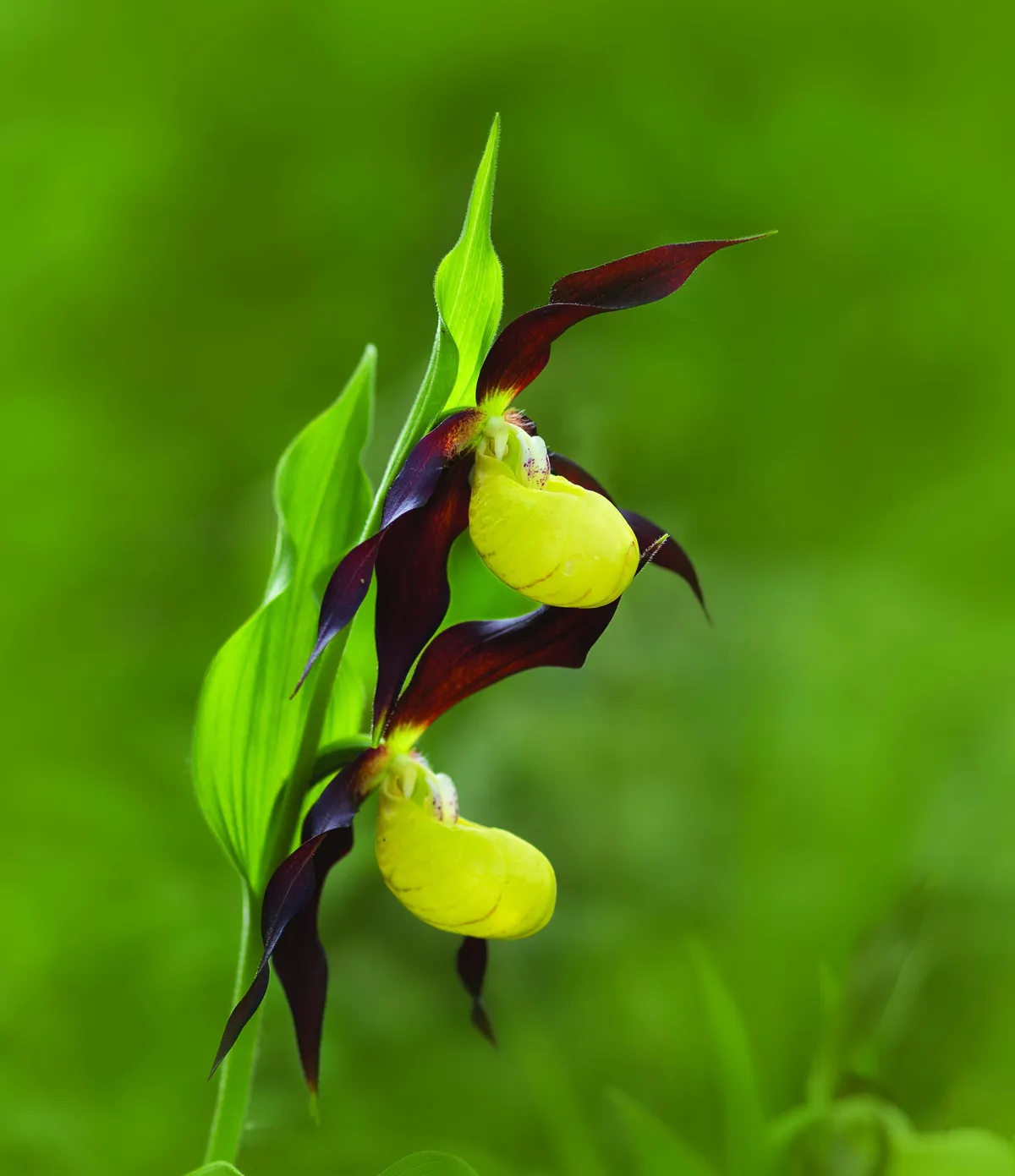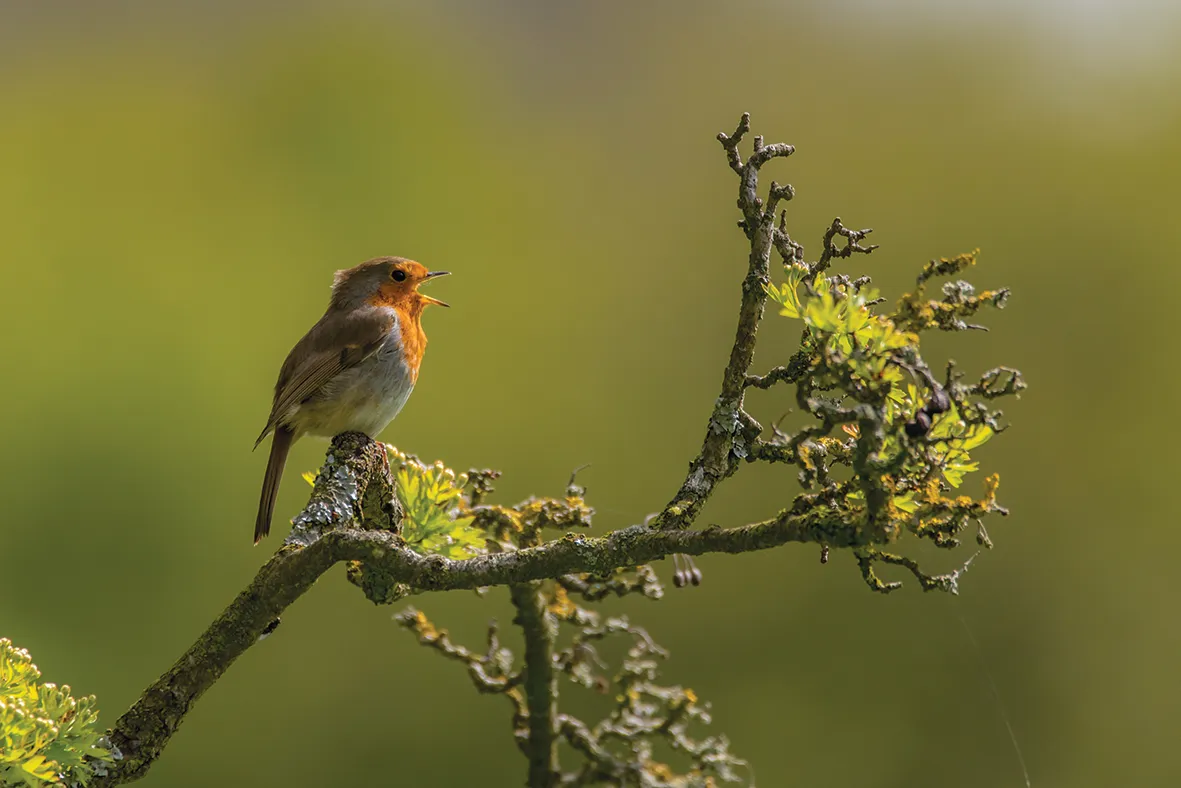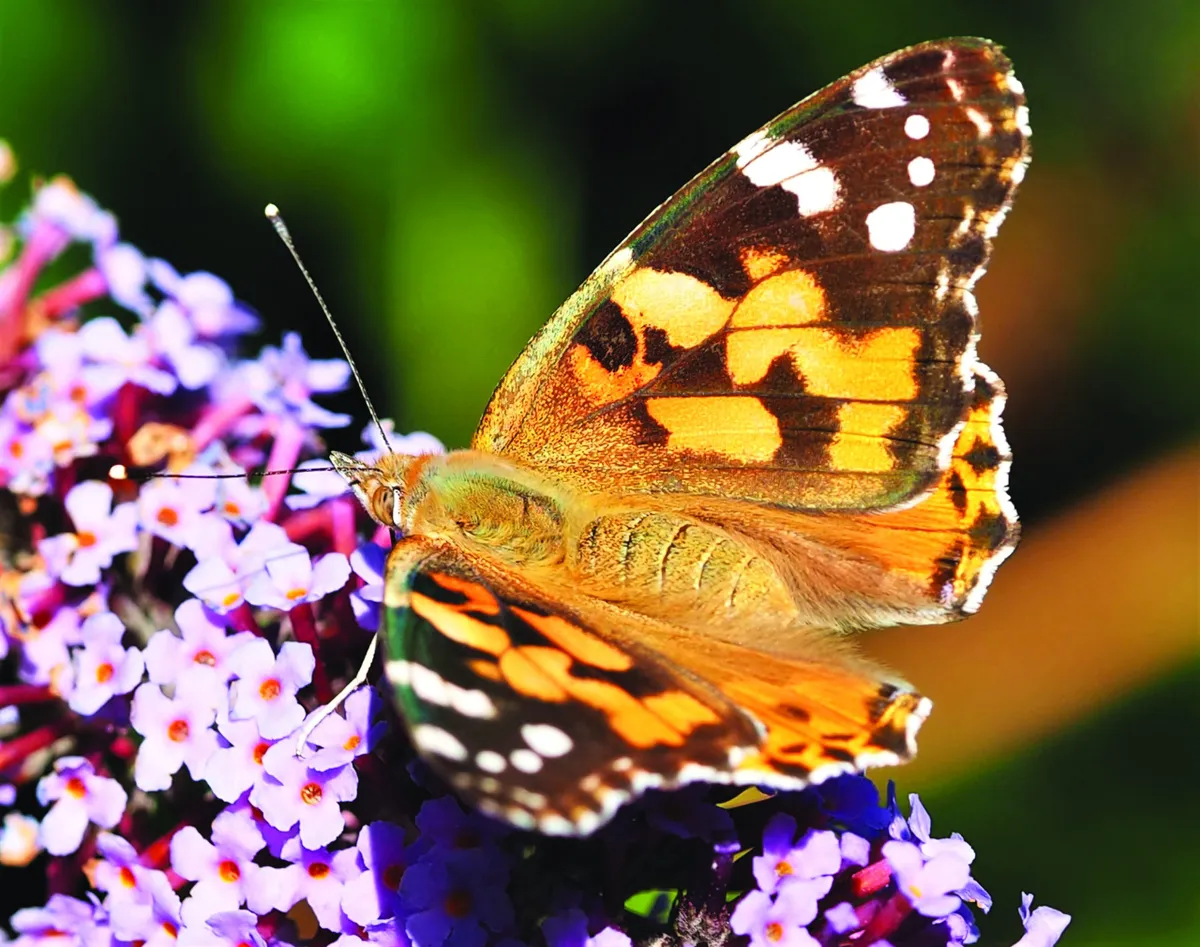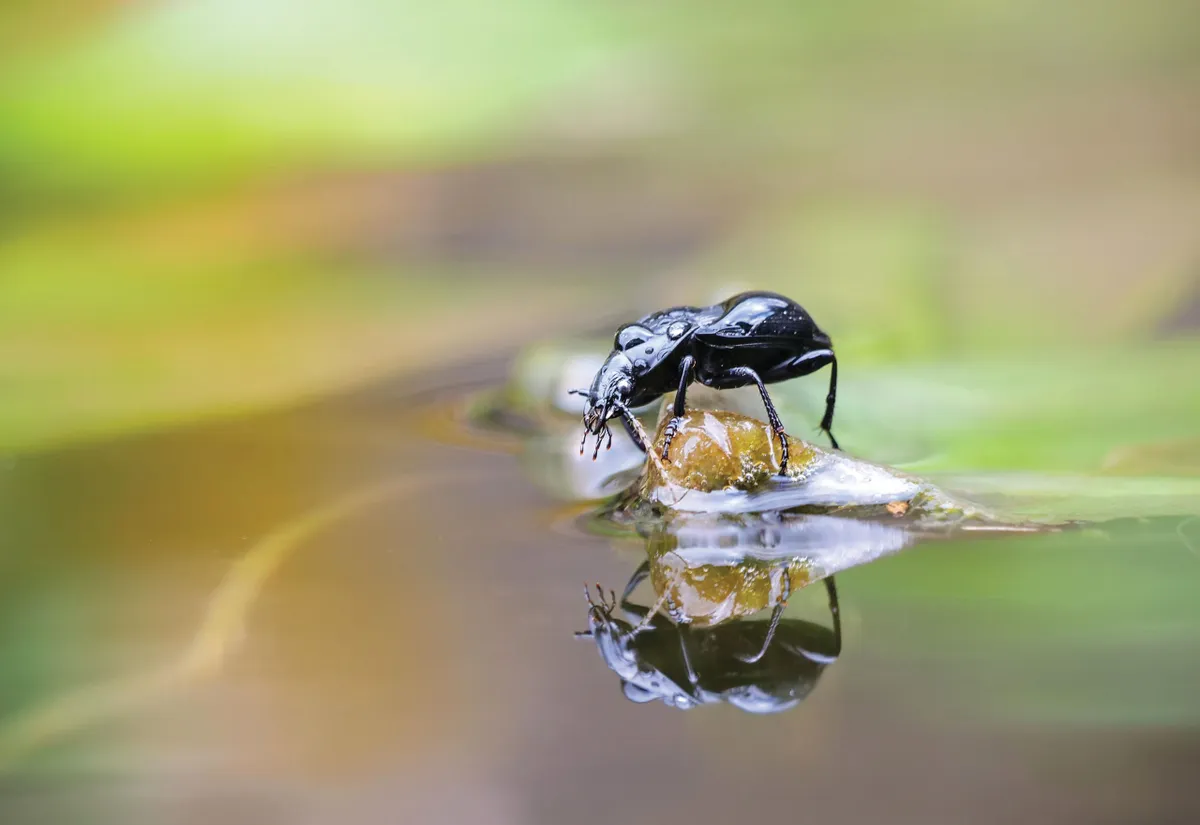Meet the wonderful winners of the BBC Countryfile Magazine Awards 2020, chosen by you. Over 17,500 people voted across nine categories in this celebration of the very best of the British countryside, from national parks, beaches and gardens to nature reserves and outstanding wildlife success stories.
After a detailed process, our panel of judges made shortlists in this year’s categories, with a particular eye for locations and projects that demonstrated a commitment to protect the environment and work in a sustainable way. The hotly contested categories were then voted on by you over a four-week period. To mark their success, each of our 2020 winners will receive a beautiful, inscribed solid-oak award to put on display.
Editor Fergus Collins says:
“Congratulations to the winners and all those short-listed. There’s a really strong showing for the north-east in this year’s results and a couple of real surprises, too. The winners and runners up in every category are a resounding confirmation of the beauty and diversity of the British countryside.”
Fergus Collins, editor BBC Countryfile Magazine
Here are the winners and runners-up of the BBC Countryfile Magazine Awards 2020
Holiday Destination of the Year
Winner: Isle of Wight

Following its 2019 wins in both the Beach of the Year and Village of the Year categories, the Isle of Wight scoops the top prize this year. Boasting iconic chalk downs, golden beaches, pretty towns and villages, fascinating historic sites including medieval Carisbrooke Castle and royal residence Osborne House, secret woodlands, family friendly seaside fun and wildlife aplenty, the isle is a longstanding holiday favourite. A newly opened coast path around the entire island has added to the wealth of wonderful walks, too.
“We're absolutely delighted to have been voted the UK's Holiday Destination of the Year 2020 by BBC Countryfile Magazine readers,” says Will Myles, managing director at Visit Isle of Wight. “The people who live here know the Island is an amazing place to be and we love sharing it with our visitors. As one of the few places in the UK to have been awarded UNESCO Biosphere Reserve Status, the Isle of Wight continues to demonstrate how people work harmoniously with the natural surroundings, making it an ideal place to visit at any time of the year, where there is always something to enjoy.” visitisleofwight.co.uk
Runner-up: Anglesey
Third place: Orkney
More Isle of Wight content:
National Park of the Year
Winner: Northumberland
From rugged uplands, crystal-clear rivers and spectacular waterfalls, hay meadows, moody woodlands and the solitude of the Cheviot Hills, our least-populated national park has diverse and stunning landscapes to discover. Rare wildlife, such as black grouse and curlews, are found here, and as an International Dark Sky Park, it’s a stargazer’s dream, with Europe’s largest area of protected night sky. The awe-inspiring Hadrian’s Wall is just one of the fascinating Roman ruins to explore, and mighty medieval castles add to the area’s rich heritage. Handsome new visitor centre, The Sill, also offers exhibitions, learning and event spaces, a new youth hostel, a café serving local food, a rural business hub, plus a shop specialising in local crafts. northumberlandnationalpark.org.uk
Runner-up: Snowdonia
Third place: Yorkshire Dales
More Northumberland content:
Garden of the Year
Winner: Alnwick Garden Poison Garden, Northumberland

Do you dare enter? Locked behind imposing black iron gates, the Poison Garden at Alnwick is filled with around 100 of the world’s most deadly and highly toxic plants. Darkened ivy-covered tunnels and giant cages imprisoning the most dangerous and intoxicating specimens add to the intrigue in this educational garden. It’s only open to guided tours, with visitors under strict instructions not to touch, smell or taste any plants – although the fumes may make you a little woozy. Make time to see Alnwick Garden’s other attractions, including the spectacular rose garden and the world’s largest Taihaku cherry orchard. alnwickgarden.com
Runner-up: Tresco Abbey Garden, Isles of Scilly
Third place: Powis Castle Gardens, Powys
Landmark of the Year
Winner: Northumberlandia, Northumberland
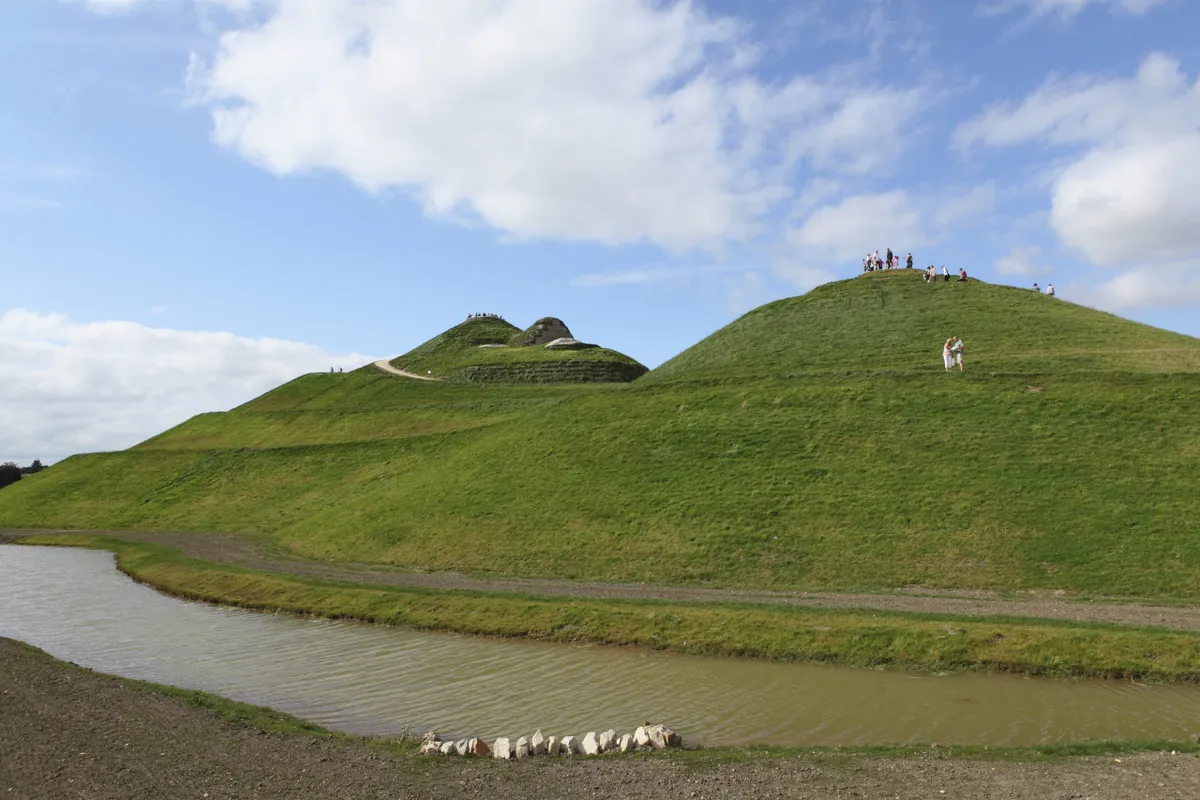
An intriguing landform sculpture of a reclining woman, dubbed ‘Lady of the North’, is the centrepiece of this 19-hectare family friendly community park. The brainchild of landscape designer Charles Jencks, the 400m long and 30m tall sculpture is designed to mature over the years with planting that will change with the seasons. A walk to the top rewards with stunning views of the Northumbrian coastline and countryside. Built as part of the restoration of the adjacent Shotton surface coal mine, the park receives over 100,000 visitors a year.
“We are absolutely thrilled that Northumberlandia was voted as Landmark of the Year,” says Land Trust chief executive Euan Hall. “I remember watching the lady take shape nearly 10 years ago and being so excited about how many people would benefit from this unique space. The Land Trust works in partnership with Northumberland Wildlife Trust to manage this fantastic space for its visitors and for the wildlife there, ensuring the site is a great place for fun, adventure and learning. We hope many more people come to see this iconic land sculpture and enjoy what it has to offer. Thank you to everyone who voted.” northumberlandia.com
Runner-up: The Kelpies, Falkirk,
Third place: Singing Ringing Tree, Lancashire
Nature Reserve of the Year
Winner: Skomer Island, Pembrokeshire
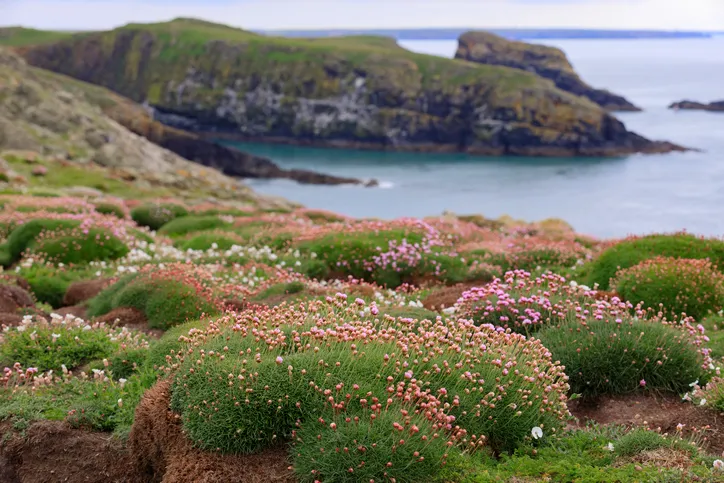
Less than a mile off the Pembrokeshire coast, Skomer Island, run by the Wildlife Trust of South and West Wales, is one of the UK’s best places for a close encounter with seabird colonies.
A bird paradise, Skomer is home to one of the world’s largest Manx shearwater colonies, as well as characterful puffins, and guillemots, gannets, kittiwakes, fulmars and razorbills in abundance.
Other breeding species include short-eared owls, curlews, choughs and peregrine falcons. Dolphins, harbour porpoises and Atlantic grey seals can be seen in its wildlife-rich waters, while rock-pooling will reveal colourful sea slugs and marine molluscs. In spring, Skomer is covered in a beautiful, vast carpet of bluebells, even on the clifftops, making the whole island appear blue. Catch a boat from Martins Haven for a day trip or stay overnight at the sustainably run Old Farm hostel.
“We are delighted to hear that our Wildlife Trust Skomer Island has been awarded Best Nature Reserve of the Year,” says Carys Evans, Wildlife Trust communications officer. “Skomer Island is an internationally important wildlife and heritage site. We are ecstatic to receive this award and hope it will inspire more people to visit the beautiful Island.” welshwildlife.org/skomer-skokholm/skomer
Runner-up: Carlton Marshes, Suffolk
Third place: Northey Island, Essex
Green Attraction of the Year
Winner: Isle of Eigg, Inner Hebrides
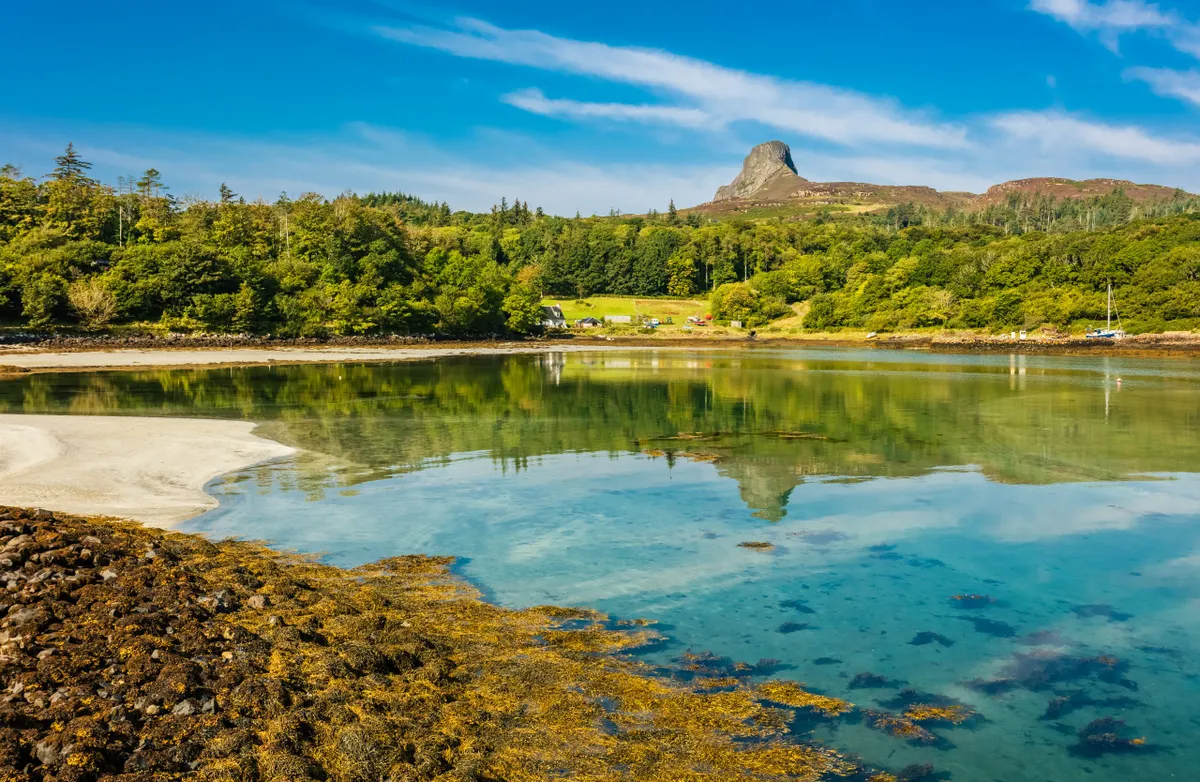
Ten miles off the Scottish west coast, this beautiful wildlife-rich Hebridean island is a model of green and sustainable living. Only five miles long and three miles wide with a population of just under 100, Eigg is owned entirely by its community and runs on energy from the world’s first wind, water and sun-powered renewable electricity grid.
There’s one road on the island with the only vehicles owned by residents, so hire a bike or pull on your walking boots to explore the glorious white-sand beaches, discover more of the island’s rich 8,000-year history, including the ruins of Saint Donnán’s church and the Crofting Museum, or climb to the top of the highest hill, An Sgùrr, with its distinctive mile-long pitchstone ridge.
Sign up to learn more about permaculture and organic gardening at Earth Connections Eco Centre – formerly the ‘big house’ for the island’s owner – go on a yoga retreat or learn a craft skill. With thousands of years of history to discover, whale, dolphin and seal watching, 212 species of birds, rare plantlife and a vibrant creative community, Eigg is an island experience like no other.
Lucy Conway, one of the Isle of Eigg Heritage Trust’s directors says: “Everyone on Eigg was delighted to have been nominated for the Green Attraction of the Year award and very excited to have won. Eigg islanders are currently working together to try to make Eigg greener still; by increasing the capacity of our renewable grid, looking at ways to make our homes more efficient, reduce use of fossil fuels in our transport and increase the amount of food we produce on island. We have some way to go, but awards like this help us celebrate what we have achieved and give us real encouragement to go that extra green mile.” isleofeigg.org
Runner-up: Centre for Alternative Technology, Snowdonia
Third place: Knepp Wildland, West Sussex
More on Scottish island content:
Beach of the Year
Winner: Freshwater West, Pembrokeshire
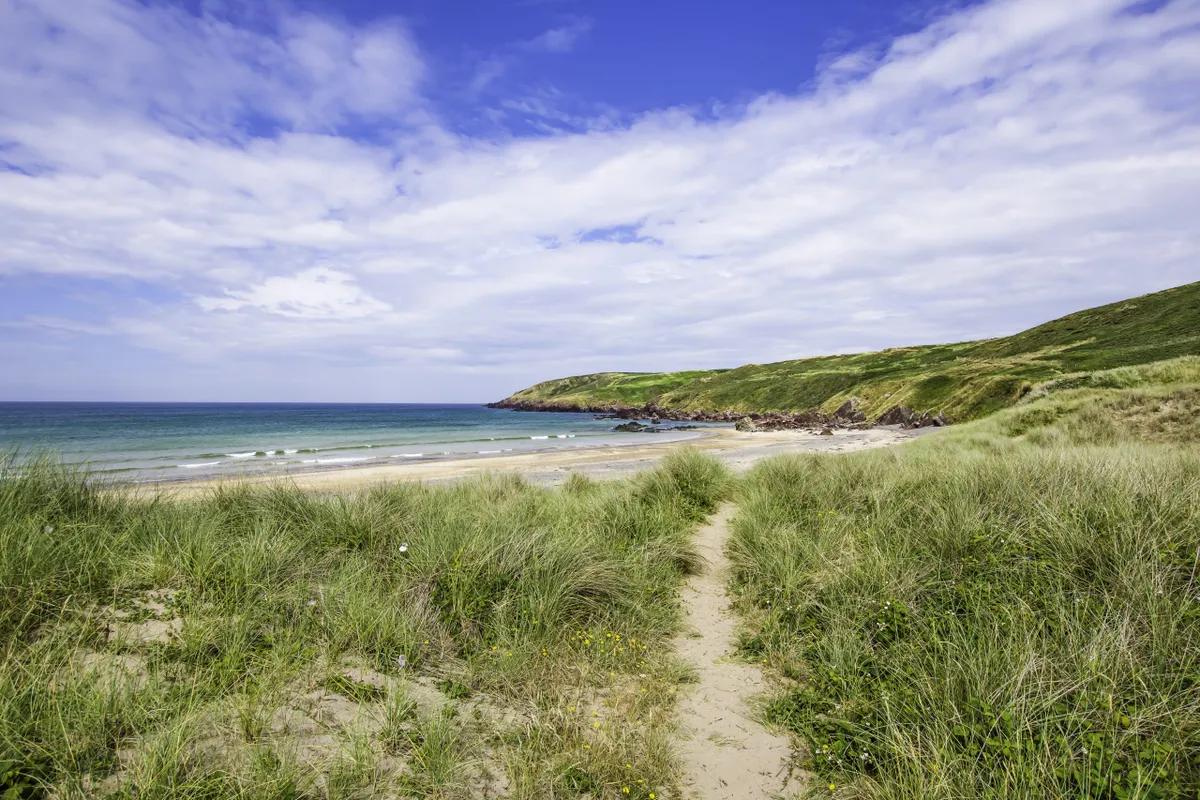
A firm Pembrokeshire favourite, this breathtaking mile-long sandy beach is backed by an extensive system of sand dunes and flanked by spectacular rock pools brimming with life, making it perfect for family adventures. A strong swell makes it’s a surfer’s paradise – although the strong rip current means only the more experienced should ride the waves here. The thatched shack on the foreshore was used for drying seaweed to make lavabread, a Welsh speciality that’s a key ingredient at must-visit beach shack Café Môr (serving in the car park from Easter to September). nationaltrust.org.uk/features/freshwater-west-beach
The National Trust, which manages Freshwater West, is concerned about tourist pressure on the beach during the summer. Therefore, you should check with the Trust before planning a visit. Please visit nationaltrust.org.uk/contact-us for more information.
Runner-up: Murlough Bay, County Down
Third place: Felixstowe Beach, Suffolk
Wildlife Success of the Year
Winner: White-tailed eagle reintroduction, Isle of Wight
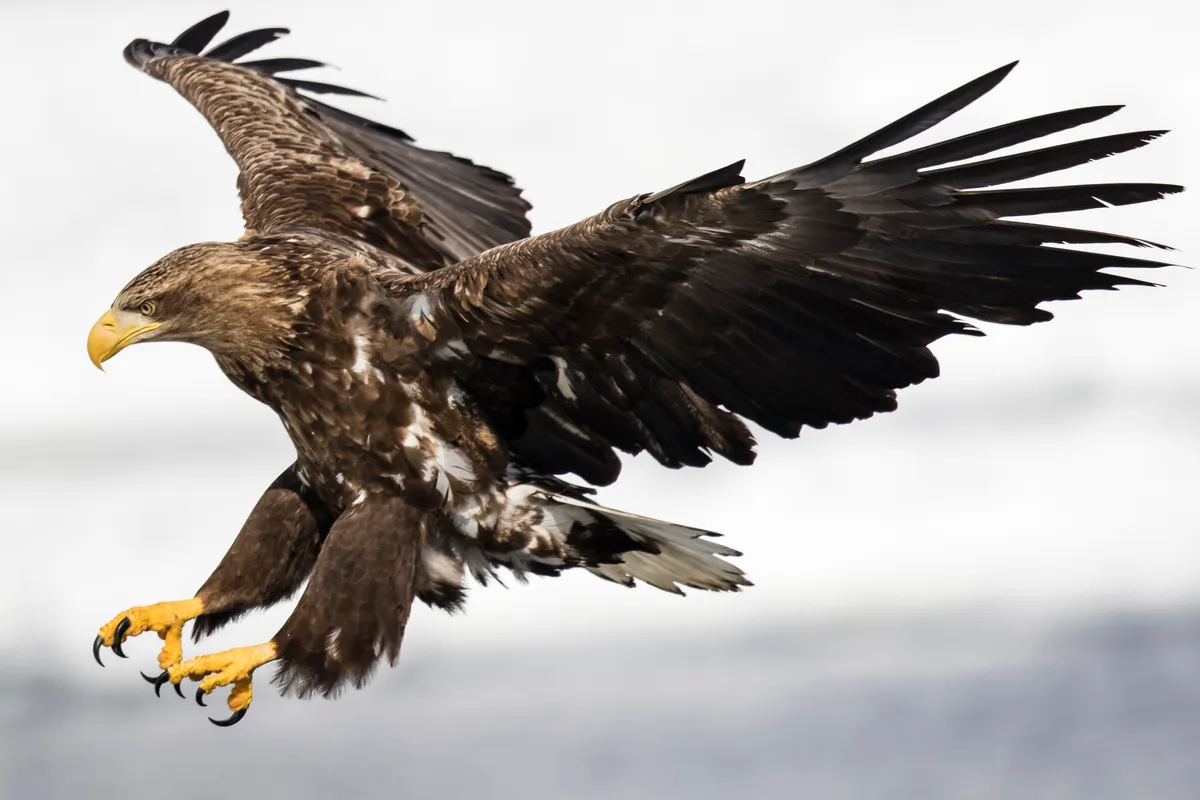
Already enjoying success, the five-year programme to return this huge bird of prey to southern England involves releasing up to 60 young birds on the Isle of Wight. A partnership between The Roy Dennis Wildlife Foundation and Forestry England, the project team monitors the birds’ progress and provides supplementary feeding if needed. Four of the first six birds, released in 2019, have survived and are doing well; three are still on and around the Isle of Wight, while one bird is in Oxfordshire. The next group of up to 12 white-tailed eagles is due to be released in late summer this year.
The Roy Dennis Wildlife Foundation and Forestry England says: “We’re really proud to have been chosen for this special award. So much hard work has gone into getting this project off the ground and it would not have been possible without the support and involvement of our partners from the local community, farming, tourism and conservation groups, as well as our donors. Returning a lost species is a long-term project but we’re already heartened by peoples’ excitement at seeing the eagles. If, in five or 10 years’ time we’ve reached our goal of establishing breeding pairs of white-tailed eagles on the south coast of England, then we will have truly succeeded.” roydennis.org/isleofwight
Runner-up: Pine marten reintroduction, Gloucestershire
Third place: White stork project, Sussex
Reader Photo of the Year
Winner: ‘Paws for thought’ by Simon Woodley
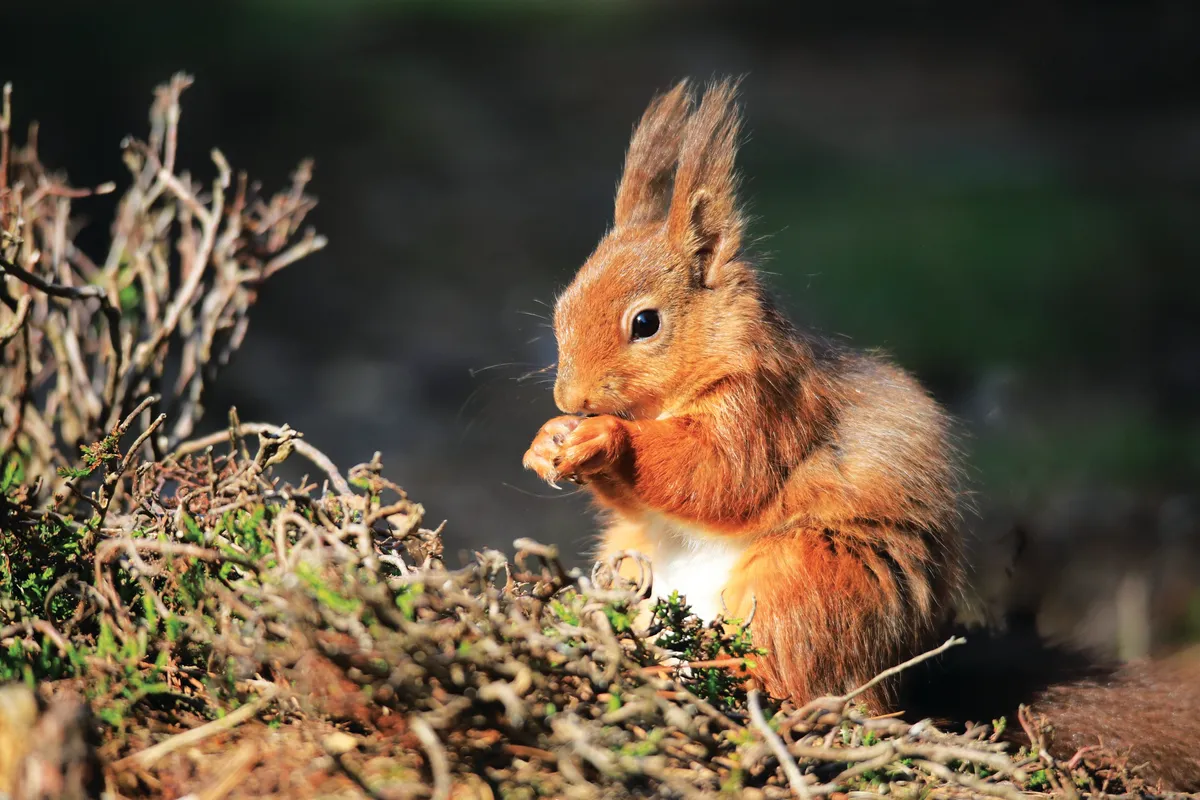
This snacking red squirrel stole the limelight. Simon Woodley explains how he got the shot: “The photo was taken on a sunny day in May last year in a clearing at Pow Hill Country Park, on the Durham/Northumberland border. I nearly didn't get this photograph; I'd had a lovely walk and was happy having already seen a few red squirrels playing, so I decided to go into Blanchland for a cup of tea and a scone at the wonderful White Monk Tea Room. I'd got to my car then realised I’d left my backpack against a tree, so I went back into the clearing. I looked up and saw the squirrel sitting in the sunshine eating, looking back at me. I tiptoed closer and lay on my tummy to get an eye-level shot; I had a 400mm lens so could zoom in. The squirrel was very calm and settled; it just looked at me, happily eating. I held my breath and took a few photos before putting down the camera and just enjoying the moment – just me and the squirrel in the sunshine. I then went for a cup of tea with a spring in my step.”
Runner-up: Kite Light by Steve Harper
Third place: Roker Bay by Simon Woodley
View all the finalists in Reader Photo of the Year
How voting for the awards works
Reader nominations
Reader nominations were gathered from BBC Countryfile Magazine readers online and via a form in the print magazine.
Judging
A panel of six judges examined the nominations and whittled them down to a shortlist of five in each category. The judges assessed the quality of the nominations against a series of criteria.
Readers vote online or via a postal form in the print magazine. Voting closed on 28th February 2020 at 11:59pm.
The judges:
- Phoebe Smith, travel writer and explorer
- Tom Heap, Countryfile presenter
- Dixe Wills, travel writer
- Eleanor Rosamund Barraclough, historian
- Andrew Hall, Campaign for National Parks
- Carys Matthews, group digital editor of Countryfile.com and Discoverwildlife.com
Public voting
Readers vote online or via a postal form in the print magazine.
Winners announced – March 2020
View the winners of the 2018 awards
Terms and conditions
Read the terms and conditions of the BBC Countryfile Magazine Awards
